3 steps to the right running shoes 👟
Are you in the right running shoes?
Have you been told you need a certain shoe for your foot type but a podiatrist, chiro or physio?
Have you been told you over pronate? Or you have a high arch that needs support?
Finding the right running shoe is incredibly important whether you’re doing five kilometres per week, or fifty. The right shoe will provide perfect cushioning and support across the thousands of times your foot impacts the ground. In the shop it can feel expensive. Consider it an investment in your running and your health. A few physio appointments and a better pair down the track will be much more expensive; better to get it right the first time around!
So, how do you find the right shoe?
Firstly, there is not a single best running shoe. It is very individual. A shop providing personalised service is crucial to finding the right shoe for you. We are blessed to have some great options in the Sutherland Shire, please ask us for recommendations.
Whether you have an idea of the shoe you want from a professional recommendation, Google research, or a previous favourite pair, you should always run in a new pair before buying. A good shop will let you go for a jog up the street to get a feel for a shoe.
Some of the factors that differ between shoes are: the amount of cushion it provides to absorb the impact of striking the ground; the amount and position of the support to your foot as you roll through your stride; and the rise, or heel pitch (how much higher your heel is than your toes). For example, more cushion will reduce the impact of the ground, but will give you less feel for the surface. A greater heel pitch will take pressure off your achilles, but can create a bigger heel strike and shift the force up your leg. This is why shoes are an individual fit, and going to the right shop makes all the difference.
Have you been told you need to wear a certain shoe?
We can look at your foot and suggest a certain shoe according to your foot type, e.g. someone who pronates a lot could do well in a shoe that controls pronation (makes sense right), only, sometimes it doesn’t work that way. Maybe it doesn't feel snug on your foot, a poorly fitting shoe leads to blisters and unhappy running. Or, you can’t roll through your stride smoothly, sometimes the support isn’t in the perfect location for your foot. Whatever it is, it needs to feel right. Think of a recommendation from a professional as a starting point, not the end point.
Have you picked a shoe based on what you’ve read (or based on how it looks 😉)?
If they don’t feel smooth when running, they shouldn’t be your runners. The stylish shoes are better suited for a coffee walk anyway; more people will get to see them 😆
How about sticking to the tried and tested model?
Shoe brands are constantly updating the materials and specifications of their shoes. Obviously, Asics aren’t going to convert their kayano from a stable shoe to a racing flat. But, they do make little tweaks. Essentially, if you’re going back for the same model, there will be small changes year to year, best to give them a quick test before buying.
3 steps to the right running shoes:
Comfort. Does wearing this shoe reduce your foot or knee pain? Does it make running feel light and easy? Does it feel like this shoe was made specifically for your foot?
Don’t make a big change. Our body is incredibly adaptable, however it happens slowly. Most shoe related injuries are from a drastic change in shoe type. If you want to go from shoe A to shoe C, use shoe B first.
Go for a test run. Find a shop that provides personalised service, and allows you to give them a test run.
If you need recommendations on our favourite shoe shops, give us a call 😊


